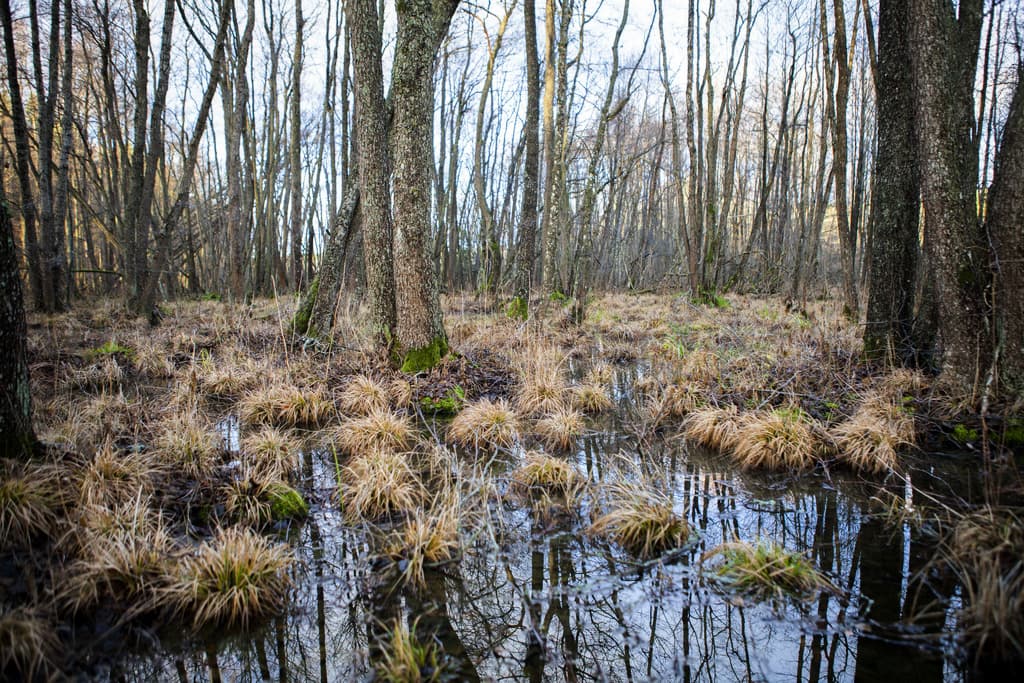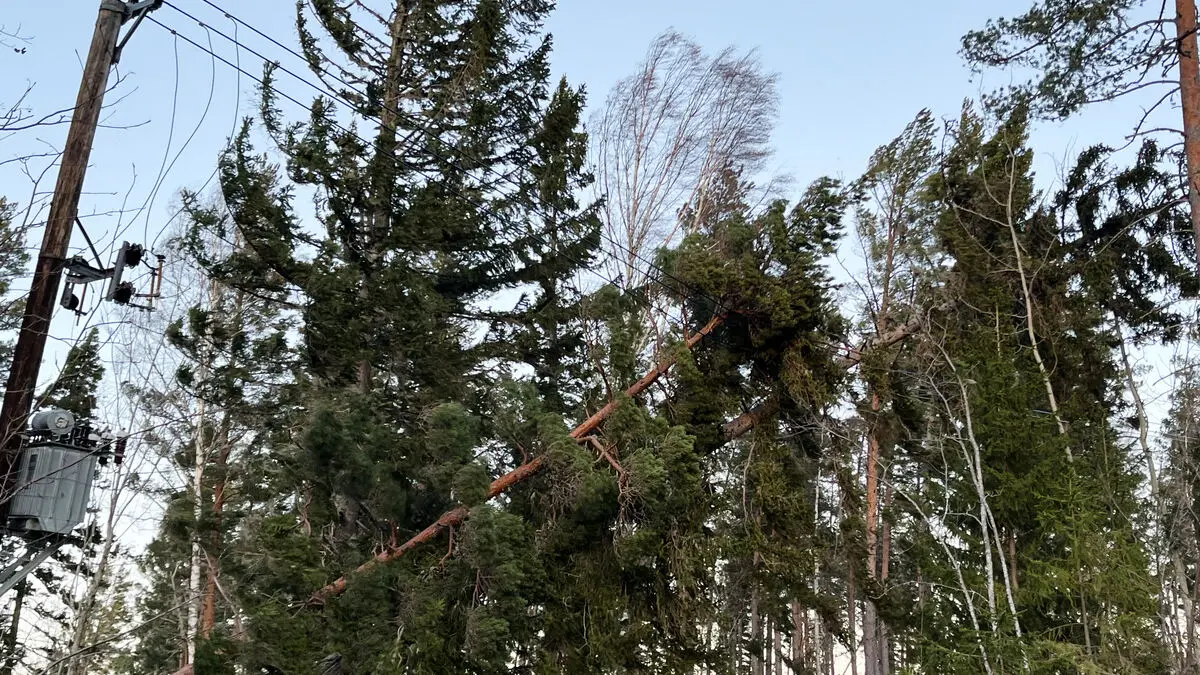Despite many wetlands being restored in Sweden, just as much of the peat bogs lose water as the areas are attractive for new construction.
One of the government's major climate initiatives is to rewet drained wetlands. By 2030, nearly four billion kronor will be used to get the water to store carbon dioxide instead of releasing it.
In total, ten square kilometres of peat bog are rewetted every year in Sweden. However, an equally large area loses water at the same time when new roads, industrial areas, and houses are built. This is shown by figures compiled by the statistics authority SCB, reports Sveriges Radio.
It can be drained just as much peat as we restore every year, and that's not good from a climate perspective. I don't think anyone was aware of the size of the problem, says Matti Ermold at the Nature Conservation Agency's management unit to Sveriges Radio.
The explanation from several municipalities in Stockholm is that it is easier to build on wetlands than on rocky ground, but the Nature Conservation Agency urges greater consideration for nature when land is to be exploited. Wetlands are important for meeting climate challenges and should improve biologically valuable natural environments.





